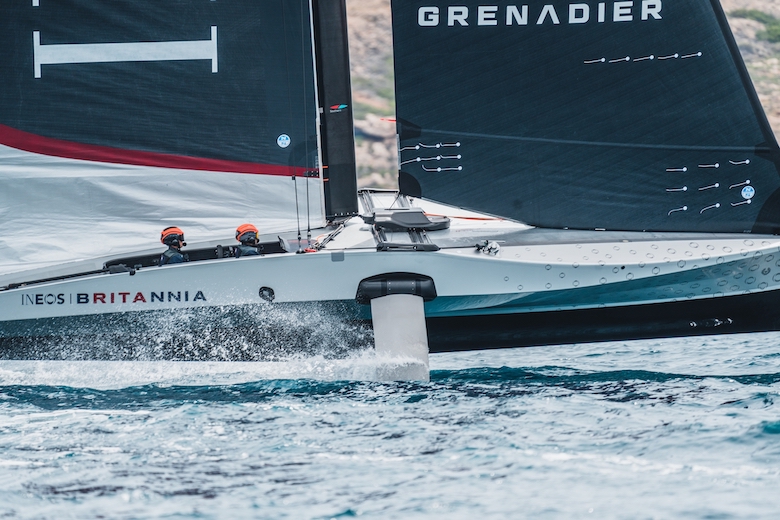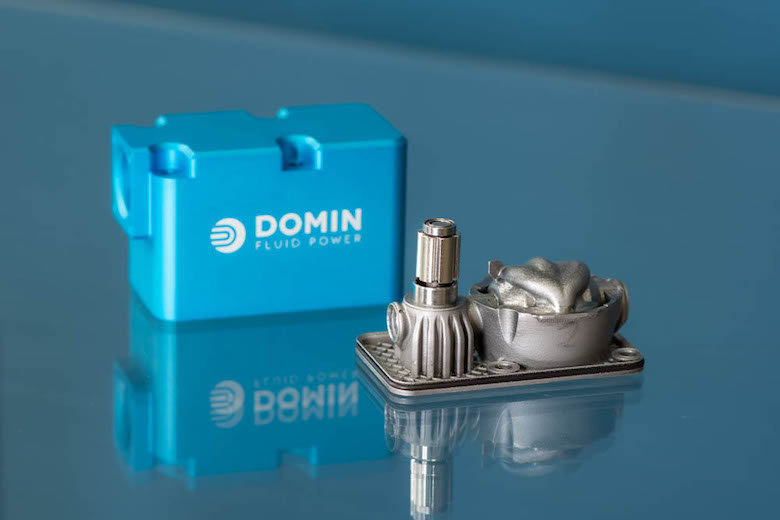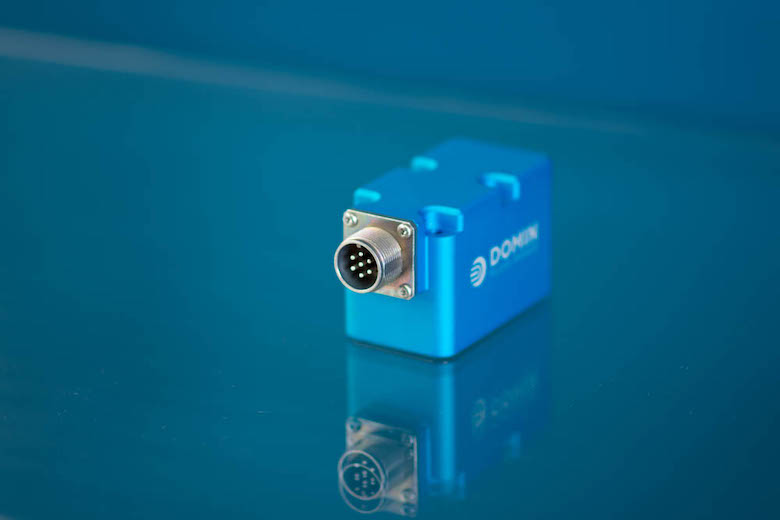The America’s Cup is one of the world’s most prestigious and oldest sailing competitions. It has a long and storied history, dating back to 1851 when the first race was held around the Isle of Wight in the U.K. The yacht “America” won the trophy, which is how the race got its name. Since then, the race has earned a reputation for intense competition and technical innovation, providing a unique platform for showcasing ground-breaking technology.
Hydraulics play a crucial role in the design and operation of America’s Cup race boats. These high-performance sailing vessels use hydraulic systems to control various aspects of the boat’s configuration and sail control.

INEOS Britannia, the Challenger of Record for the 37th America’s Cup in Barcelona next year, has been gearing up to refine its race boat and partner with select manufacturers. Backed by INEOS Founder and Chairman Sir Jim Ratcliffe and led by the world’s most successful Olympic sailor, Sir Ben Ainslie, the team chose Domin’s custom servovalves to lightweight their design.
“In the world of competitive sailing, every detail counts. The performance of our race boat relies on the seamless integration of advanced technologies,” said Sir Ben Ainslie.
With reduced weight and improved aerodynamics, the INEOS Britannia gains a competitive edge, increasing its chances of victory in high-stakes races. By minimizing leakage, the Domin servovalves ensure optimal efficiency and control, ultimately reducing energy loss and improving the boat’s overall performance.
“Initially, the design requirements were focused on mass, size, and efficiency. Being a high-performance boat, those three factors are key for them. The lighter they can make the boat, the smaller they can make the whole system,” said Jerome Carson, product owner at Domin. “Another requirement was to raise the pressure in their system so they could use smaller actuators.”

Mass and size were easy for Domin, as their standard servovalve design was already light and compact. So, the team prototyped parts quickly in-house to customize valves and meet the boat’s requirements.
“We were able to add material effectively and change the design slightly,” said Carson. “We kept very similar machining strategies, so it didn’t take time to reprogram the machining or add new components. We could use the same components in many areas and only change the core manifold.”
As for efficiency, traditional two-stage valves are known for leakage, and direct-drive valves tend to be bigger and bulkier, making both options less than ideal for the INEOS Britannia.
“With hydraulic valves, there are two routes you can down. You can go with proportional valves, which are heavier, cheaper, and direct drive, so they are efficient but not as high-performing. Or you can go with servovalves, which tend to be two-stage valves with a constant parasitic loss in the pilot stage,” said Carson. “We’re the best of both worlds. We’re direct drive, so we don’t use a pilot stage and don’t have constant leakage. But we have compactness and the reliability of a proportional valve.”
The unique servovalve design operates with exceptional performance at very high pressure while minimizing leakage, allowing INEOS Britannia to reduce the boat’s overall weight and minimize aerodynamic drag.
“Domin’s servovalves offer the precision, responsiveness, and reliability required to optimize the control systems of our vessel. We are confident that this partnership will help increase performance in the next America’s Cup,” said Sir Ben Ainslie.

Domin’s role as a partner to the INEOS Britannia team will continue through the race cycle. Whether providing technical solutions, sending replacement valves on short notice, or analyzing data, the technical team helps the INEOS Britannia team test and develop the technology to get on the water faster and maximize every minute of preparation.
The company was founded with a vision to add value to an industry that seemed to stagnate — where hydraulic designs from the 50s and 60s had been iterated but never revolutionized. Plus additive manufacturing opened up a world of design not possible with conventional manufacturing. Domin could create multifunctional complex components in one part that increases system efficiency or is smaller, lighter, and cheaper to manufacture.
“We started to explore a wide range of technologies, such as digital controls, digital electronics, brushless dc motors, and metal 3D printing, in a new, holistic way to design products,” said Carson. “We saw an opportunity to use these technologies to revolutionize an industry worth hundreds of billions of dollars a year, which is huge when you’re a small, potential startup company looking to change the world.”
The Domin team spent years forming the company’s foundations, defining its core values, and exploring the depths of hydraulics to decide where they could add the most value. They launched their first product in 2019, focusing on providing high-performance valves that reduce costs and CO2 emissions.
“We’re now heavily focusing on systems and subsystems — that’s where we believe the future is. The future goal is to change everything in the hydraulic industry and add more value to the systems,” said Carson. “You have components like pumps that are 95 to 98% efficient, and that’s great. But they must be efficient because the system has many other losses. And the compound loss means these systems are about 20% efficient. So, by making an almost distributed network of electrohydraulic subsystems in one package, we believe we can make these systems 80% efficient. That’s where we believe the future is.”
Domin
domin.co
Filed Under: Components Oil Coolers, Mobile Hydraulic Tips, News, Trending, Valves & Valve Manifolds